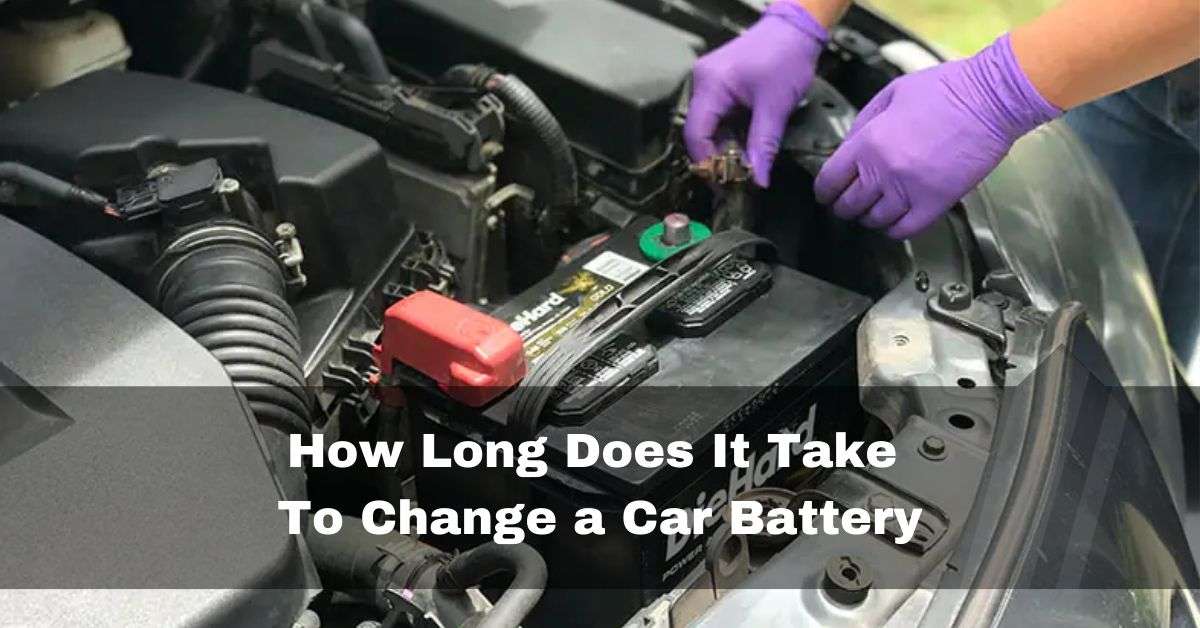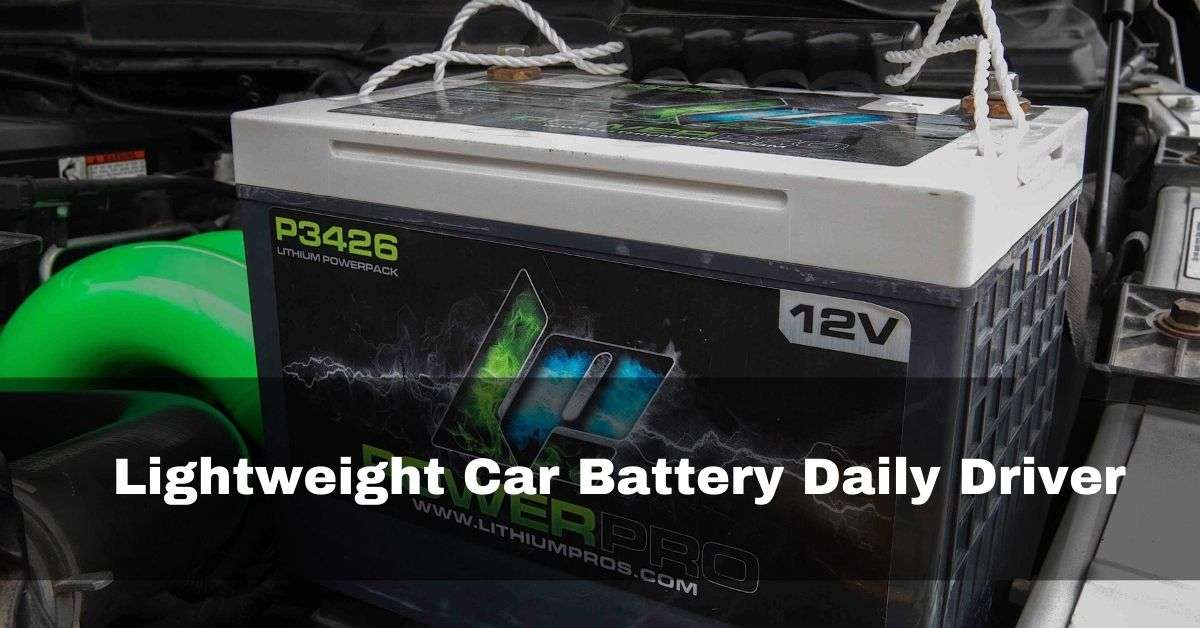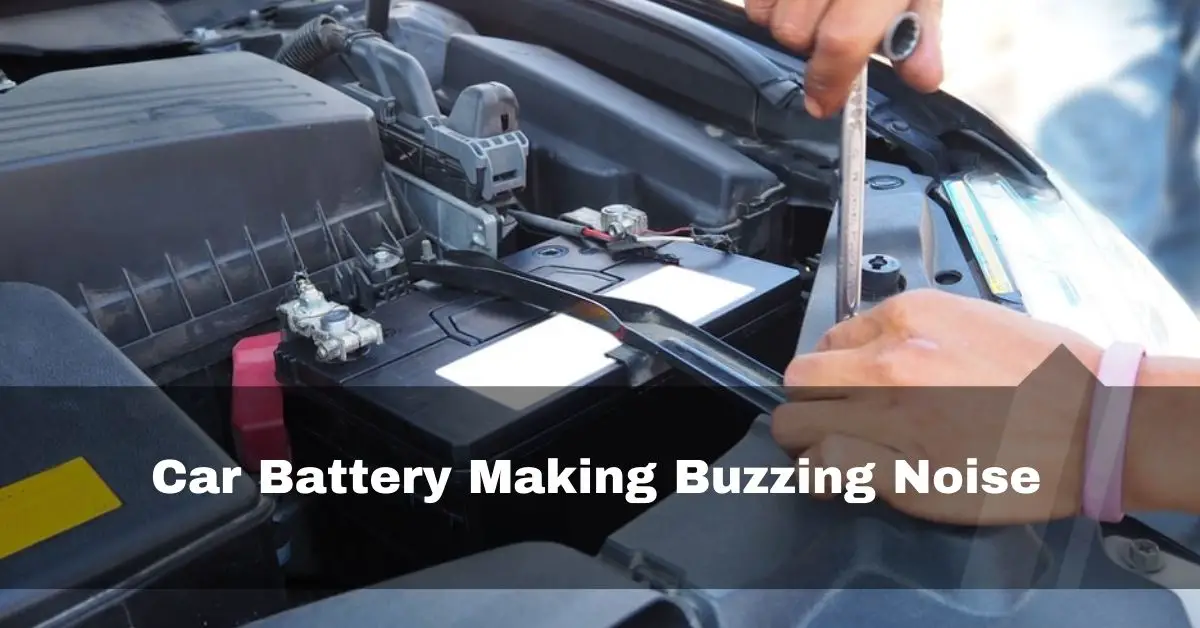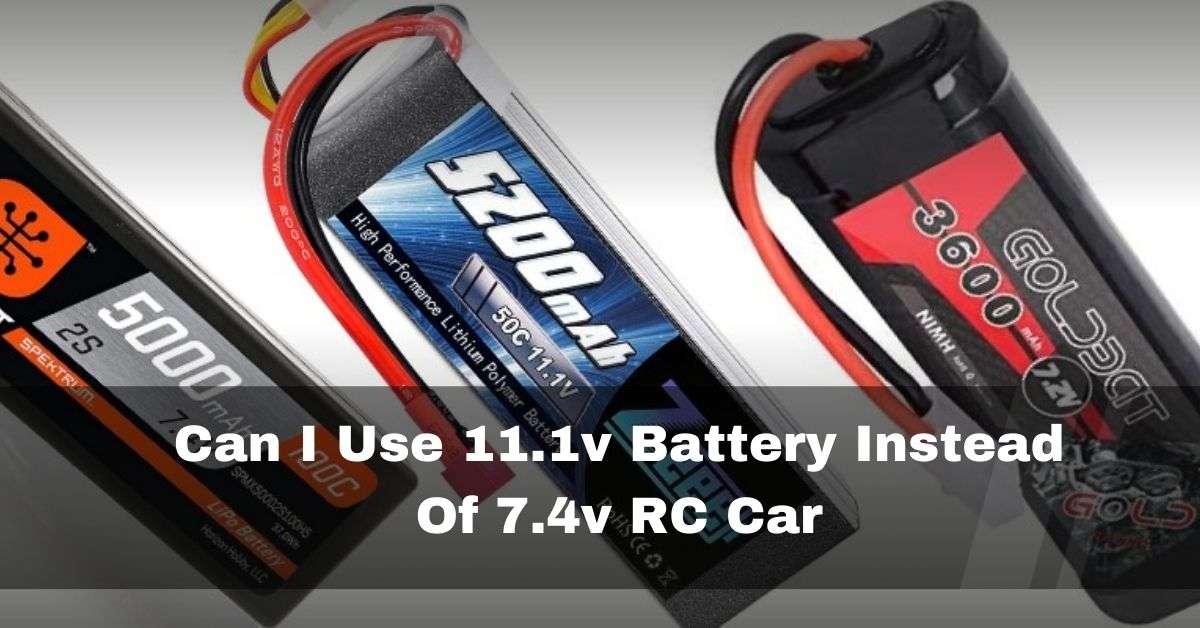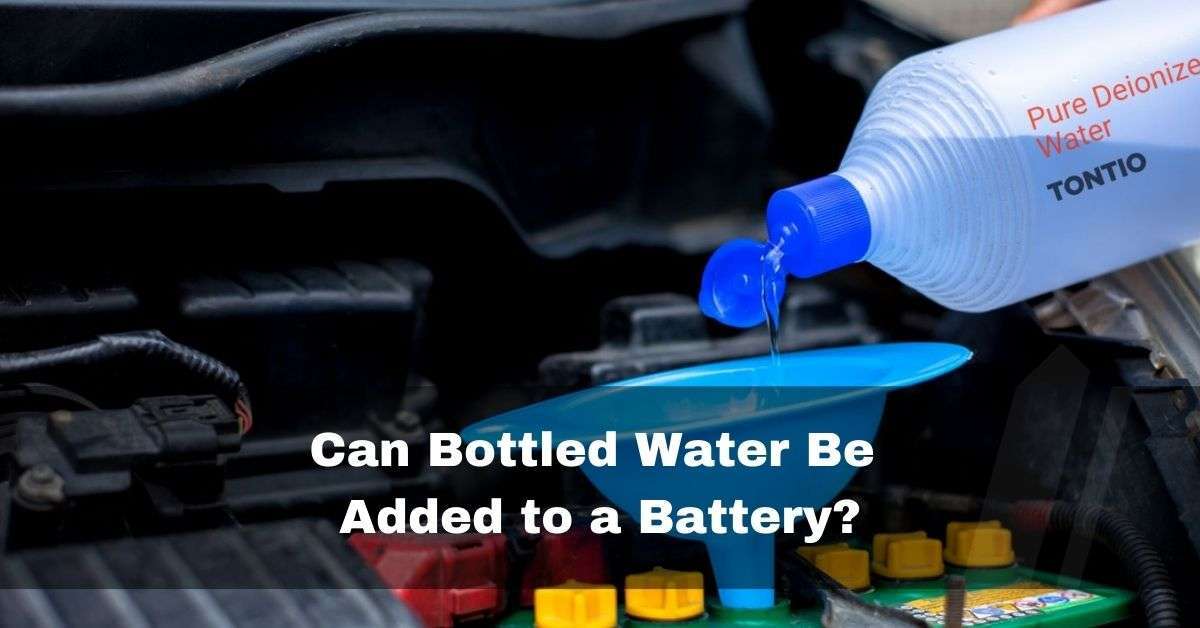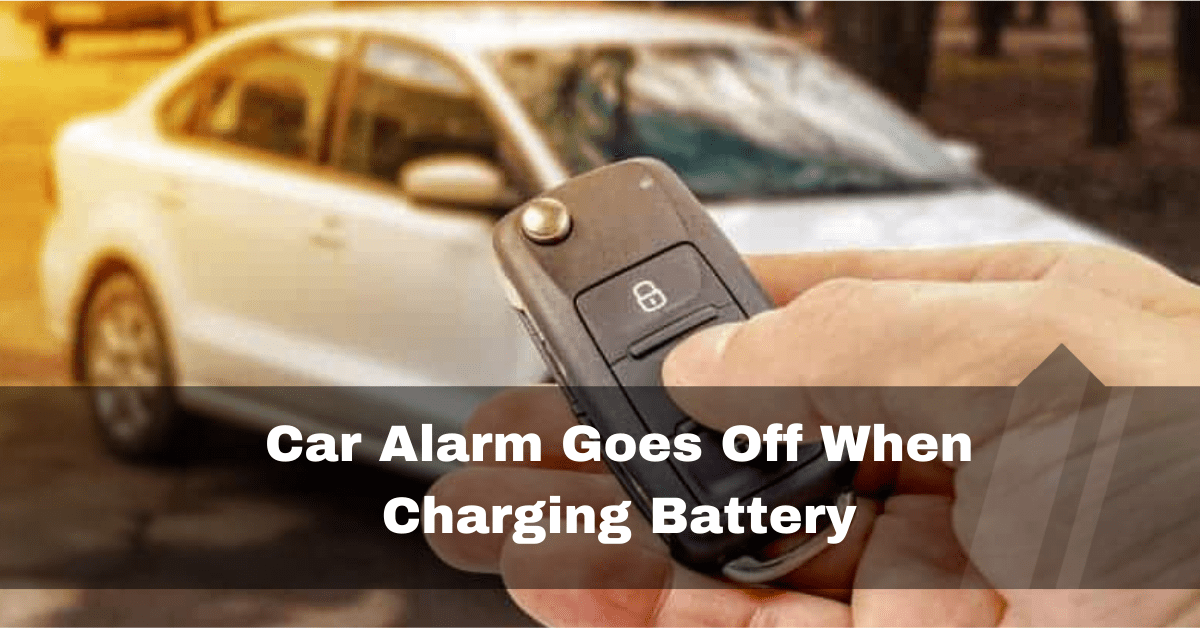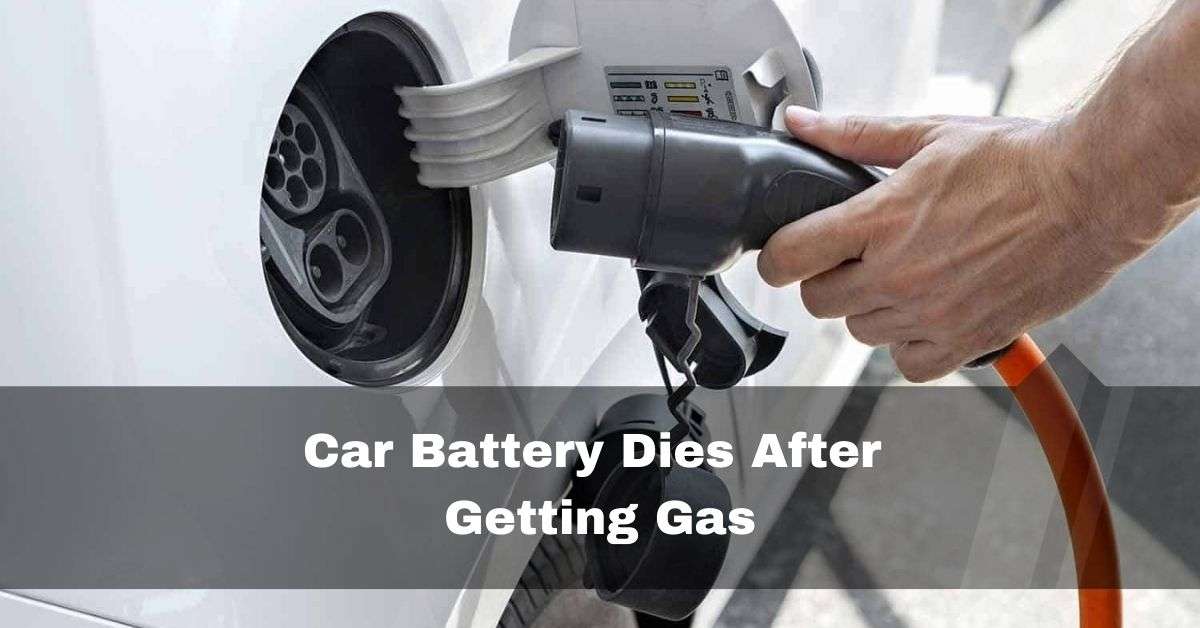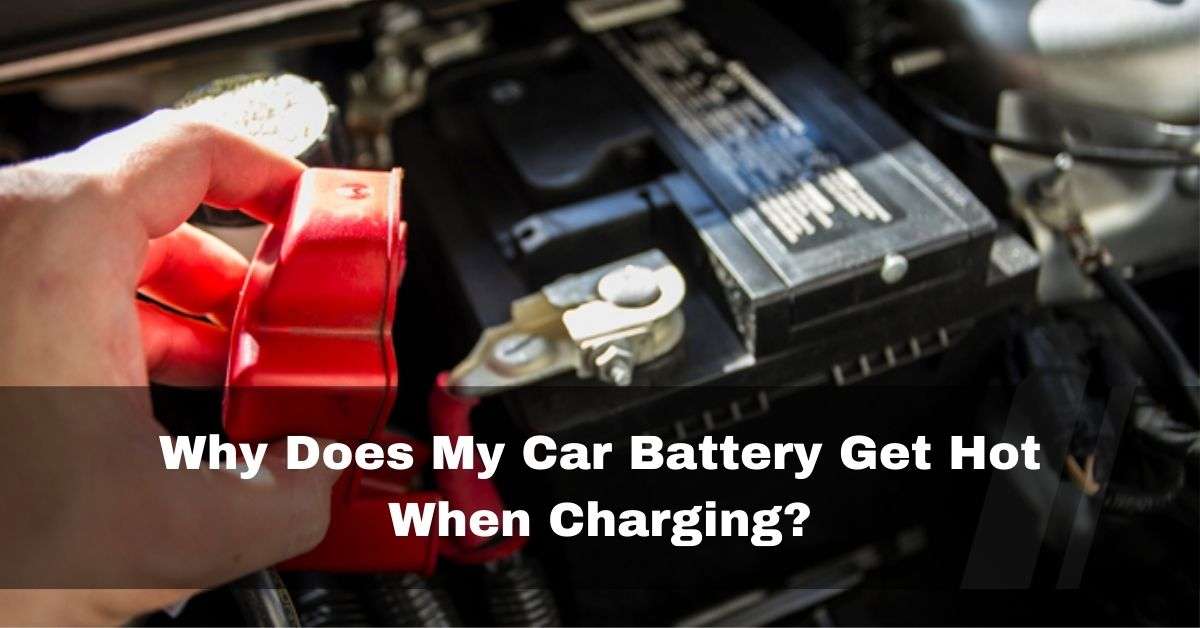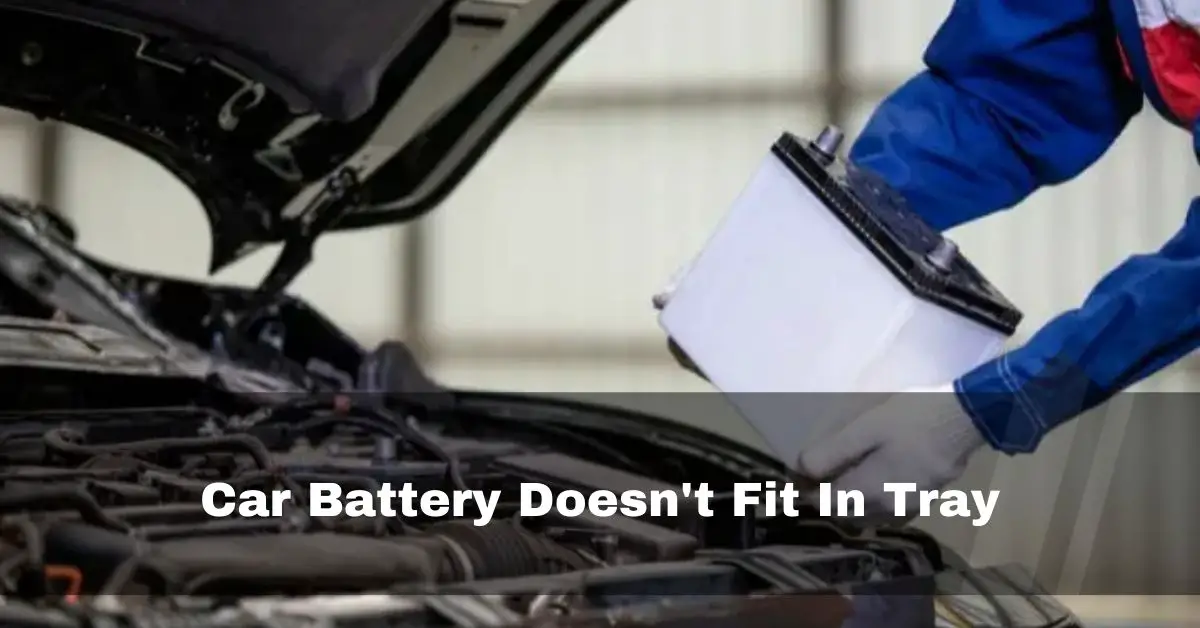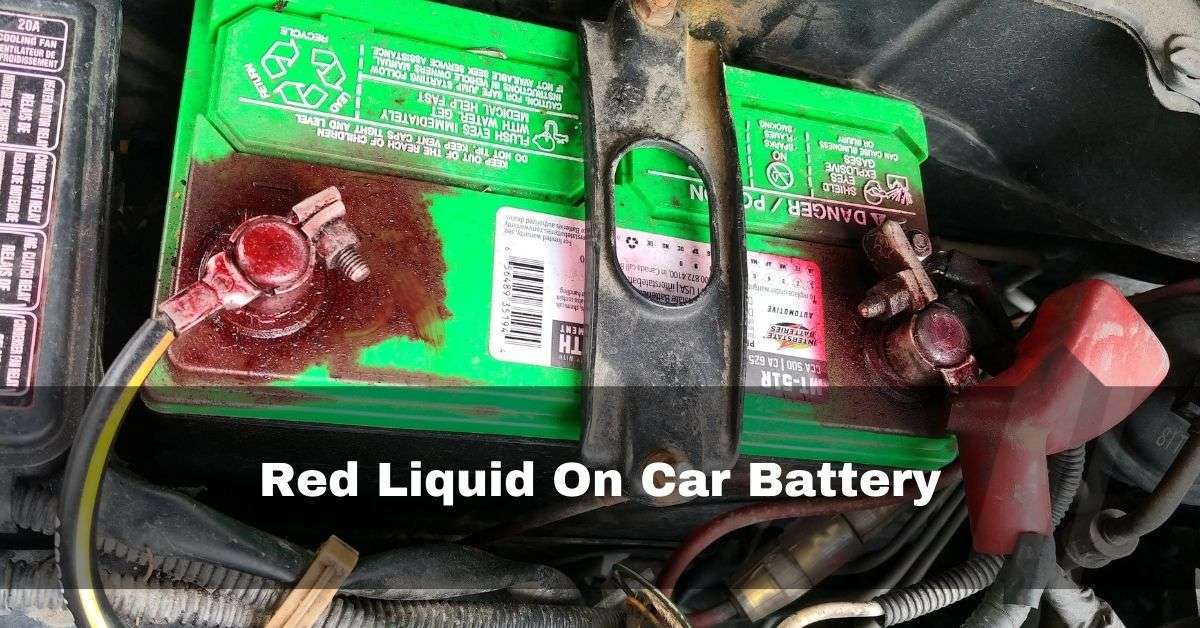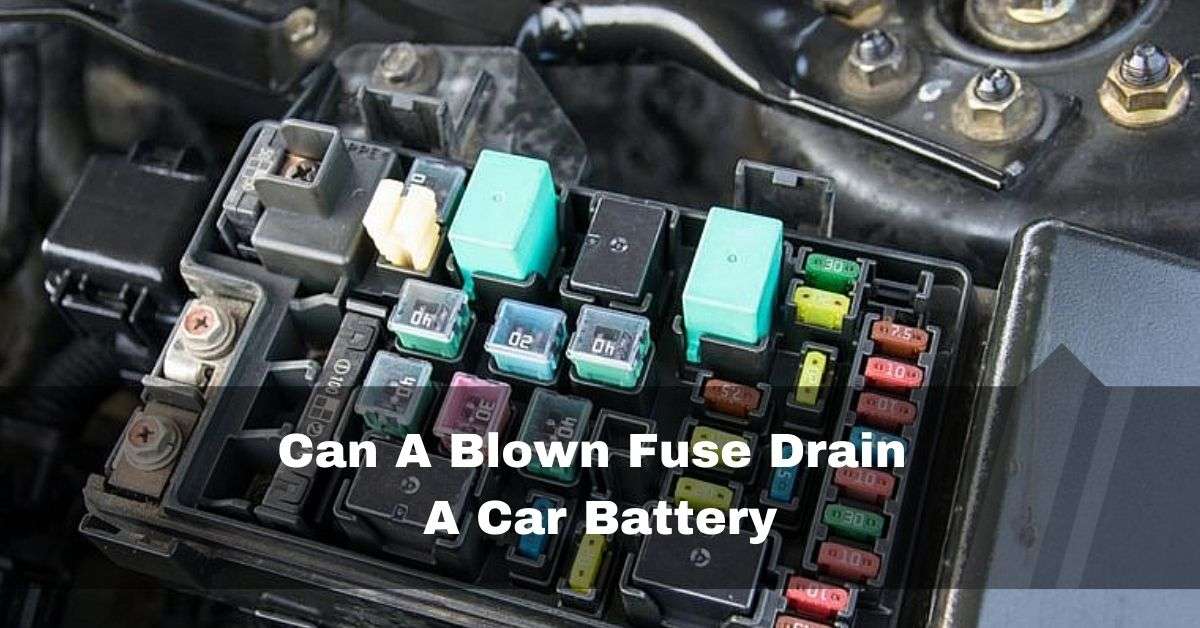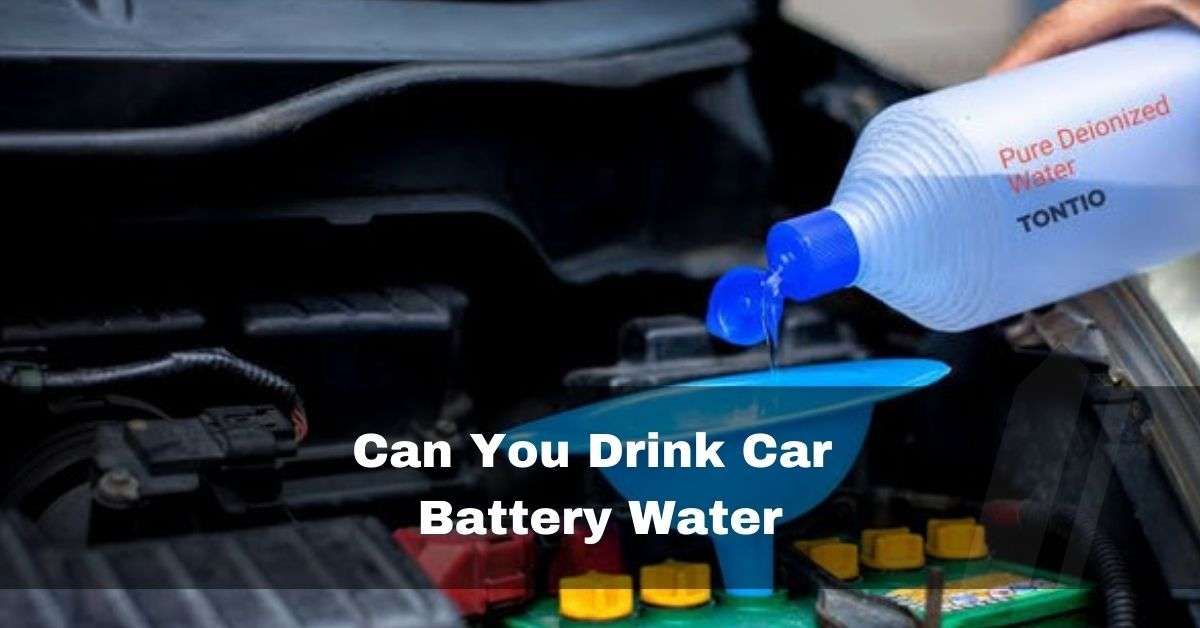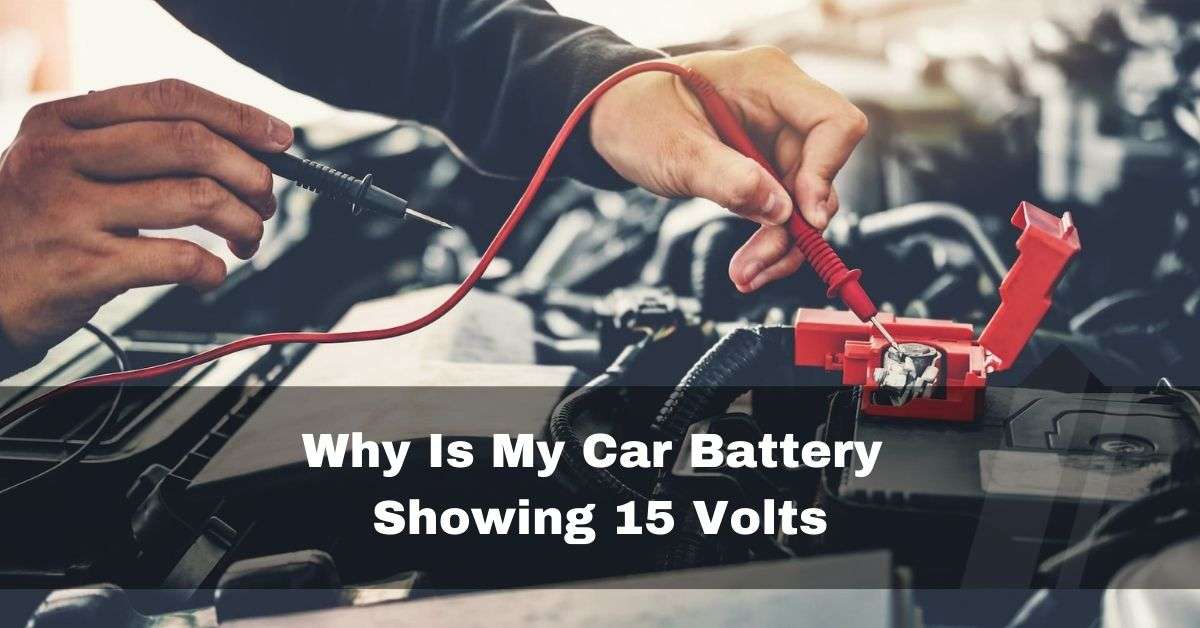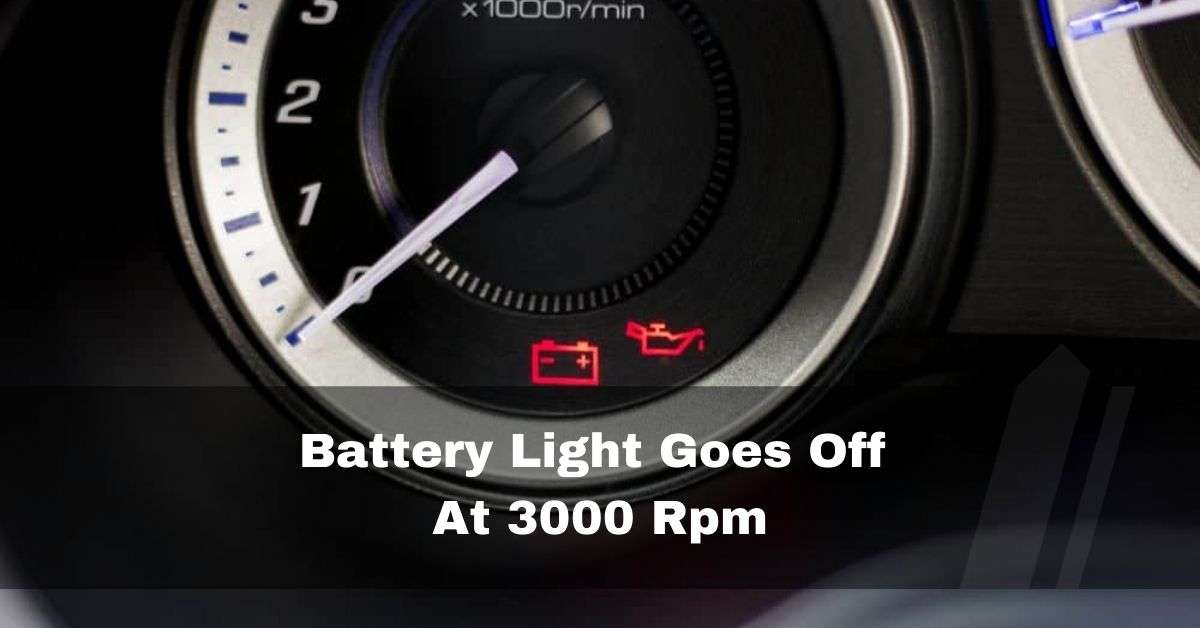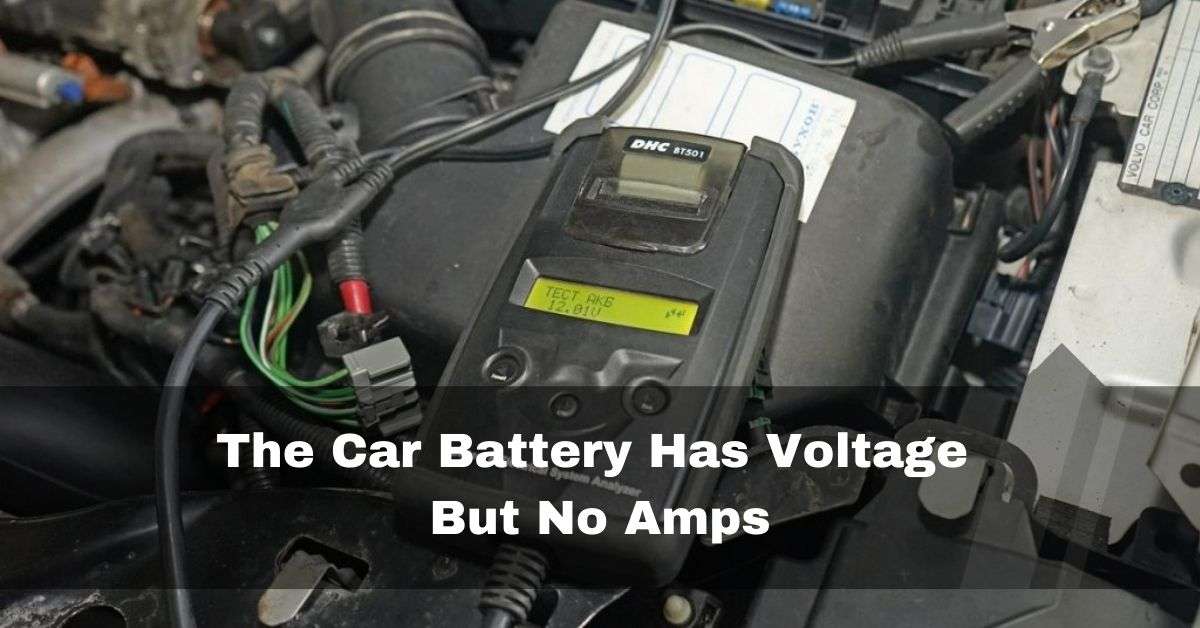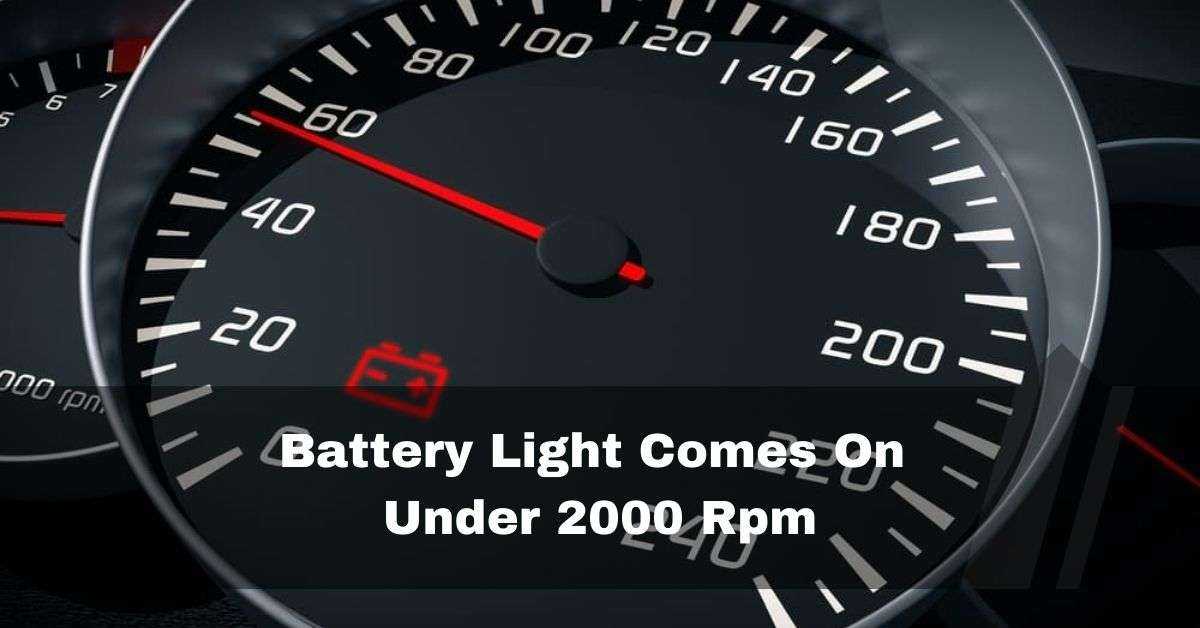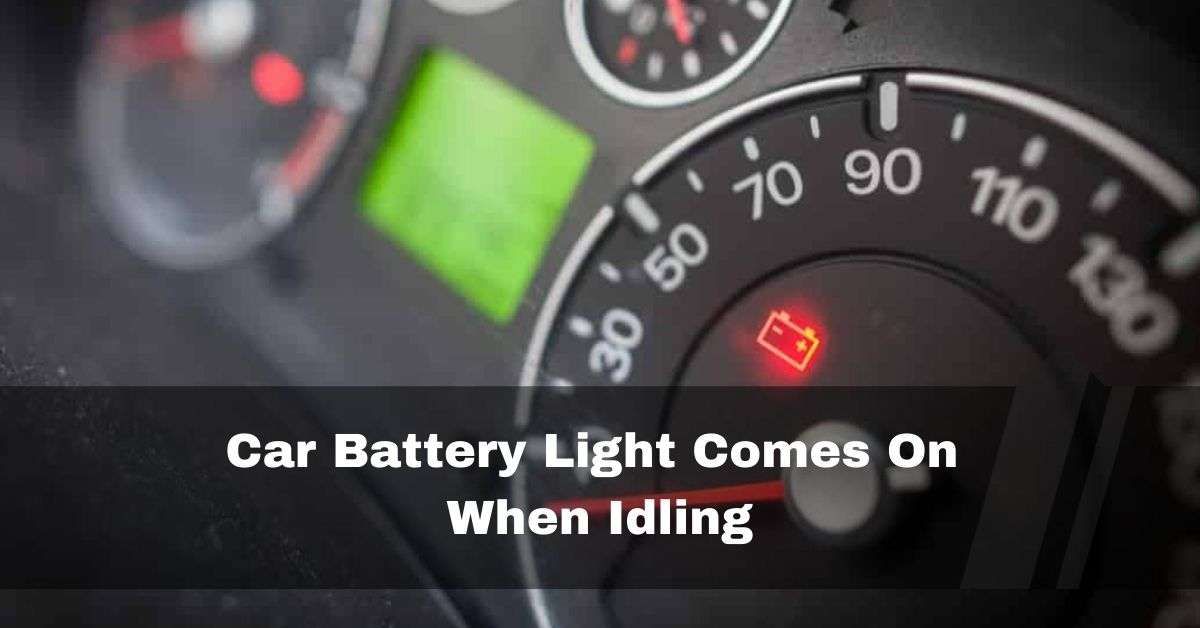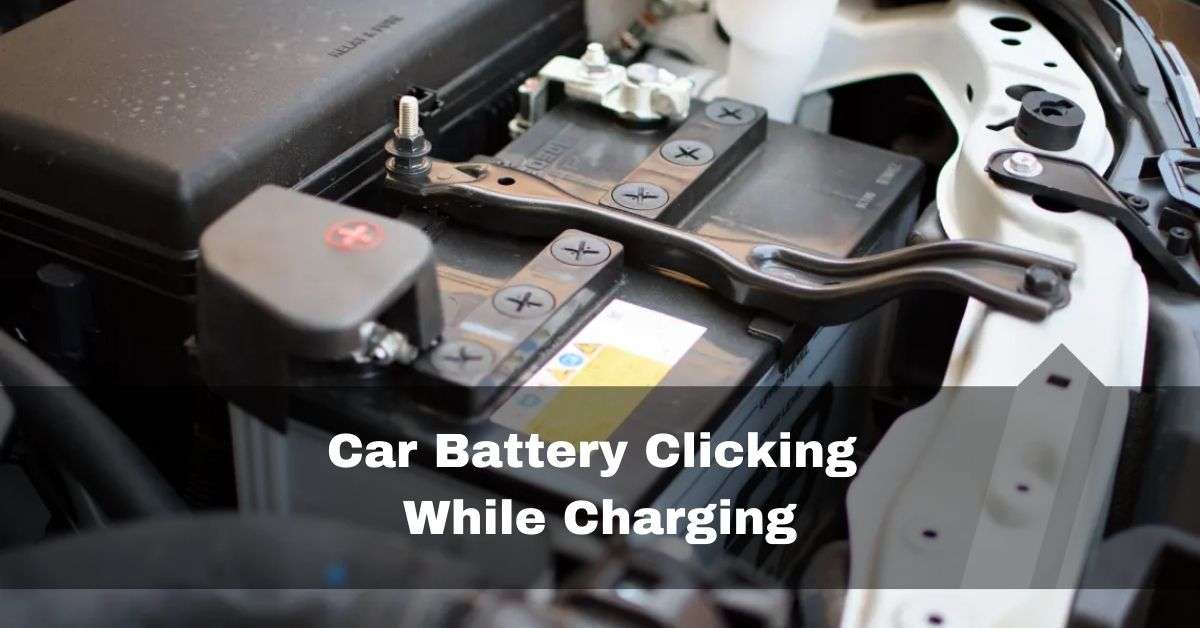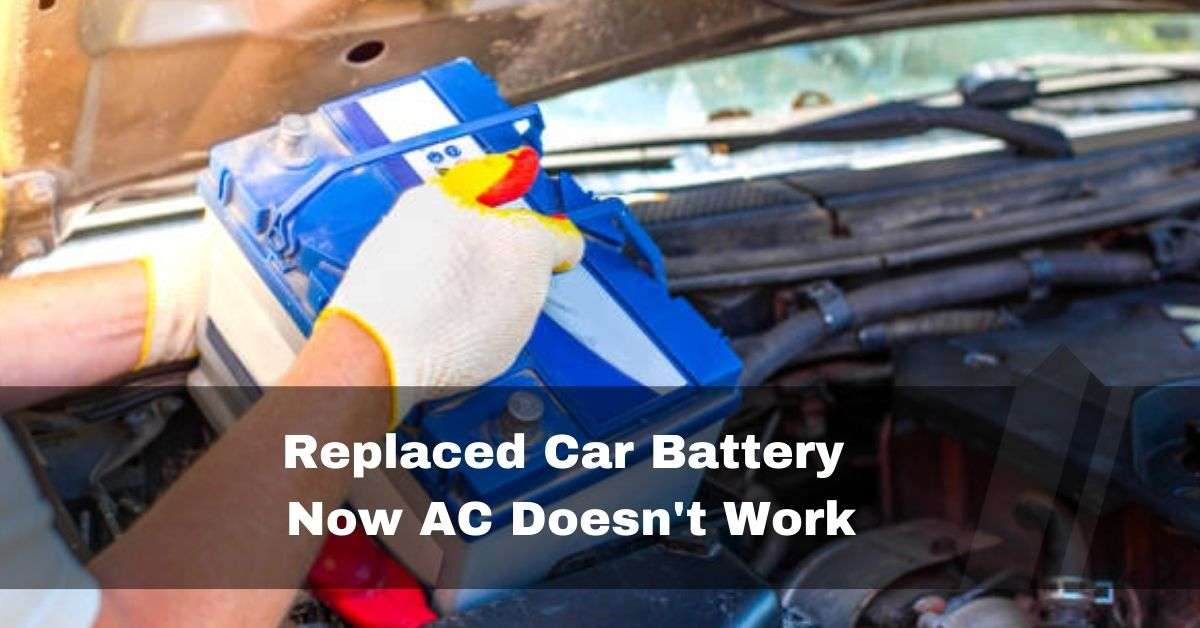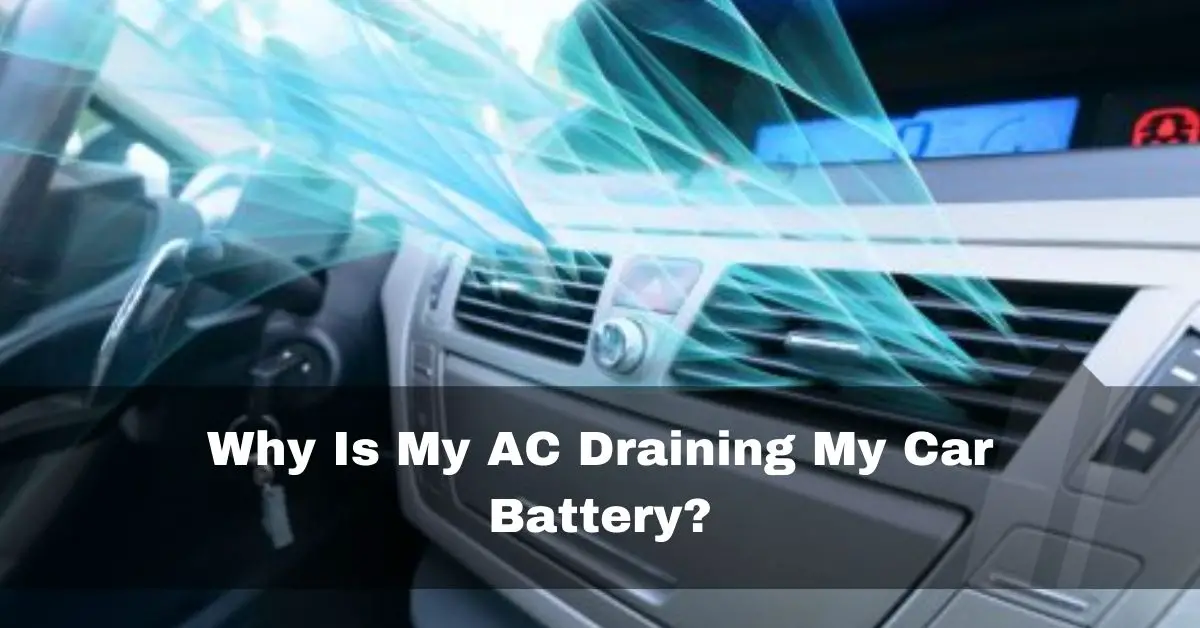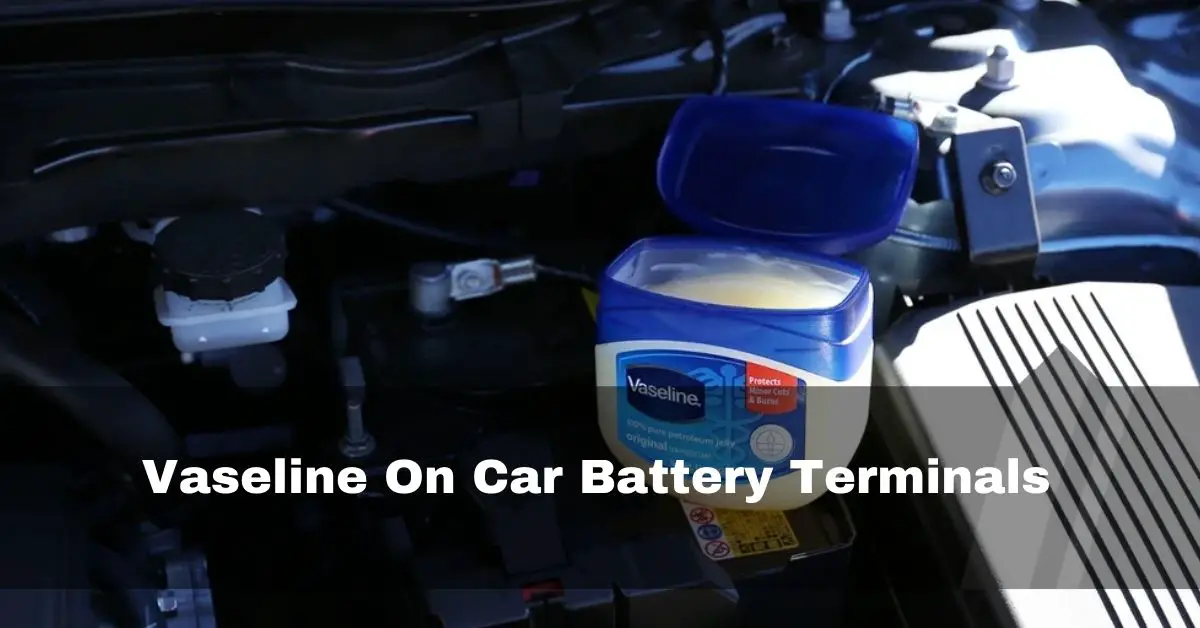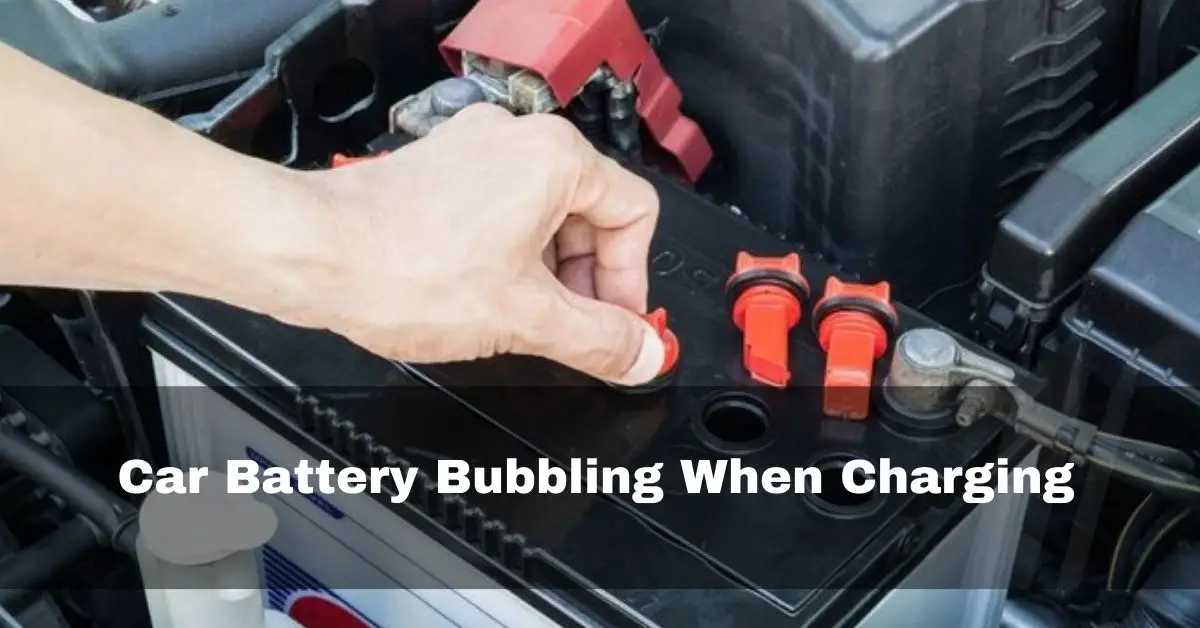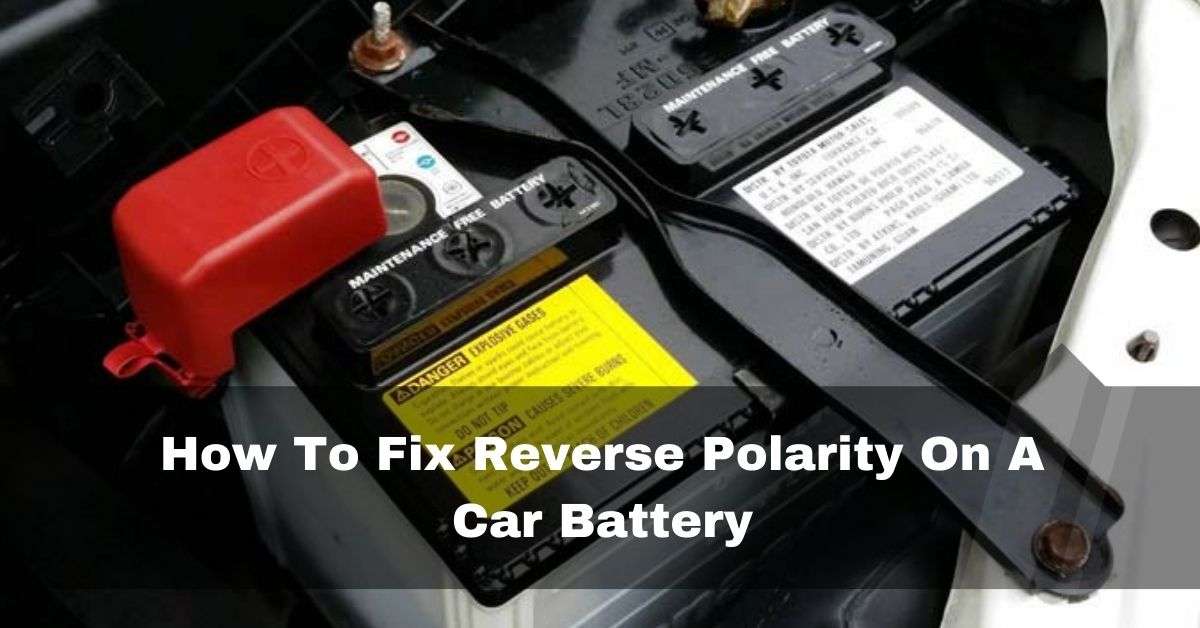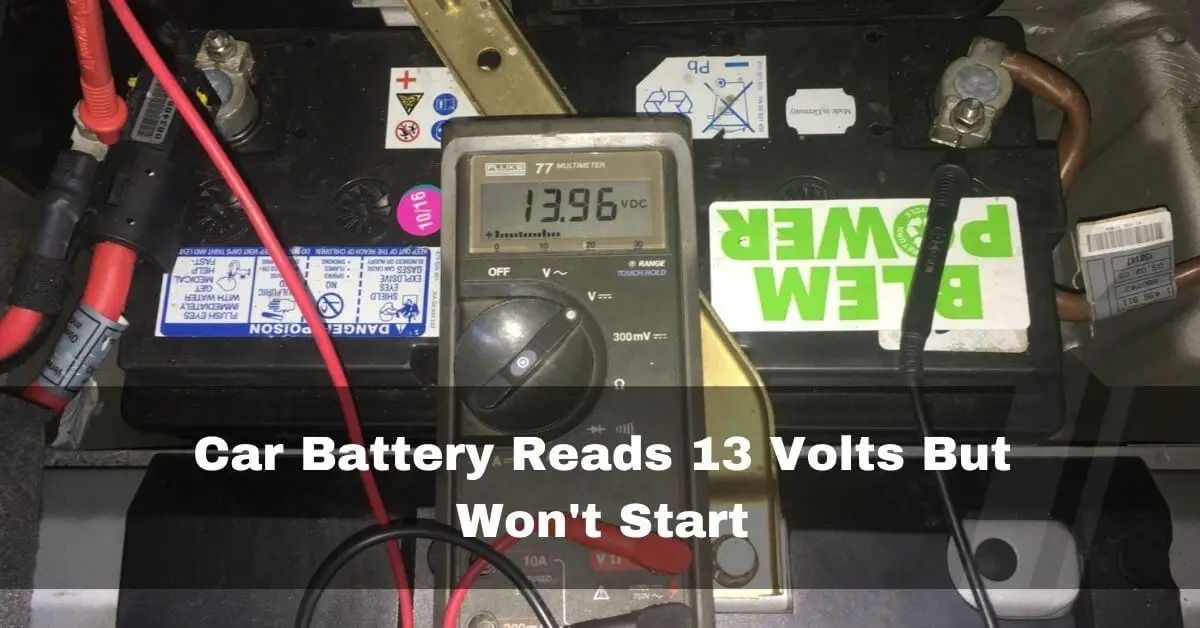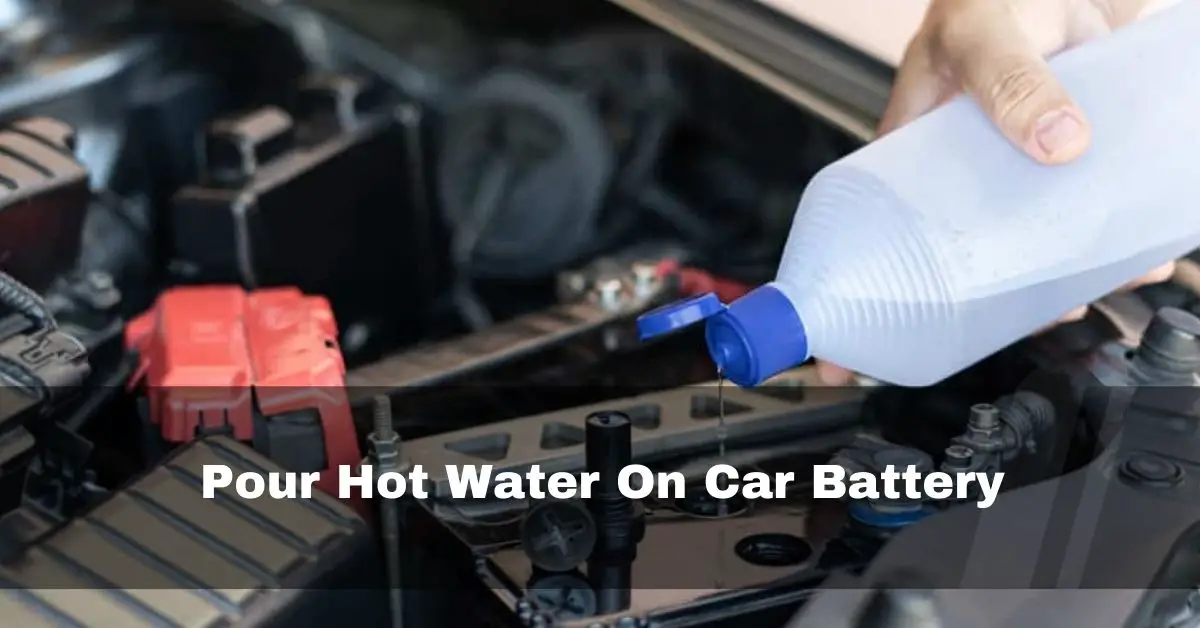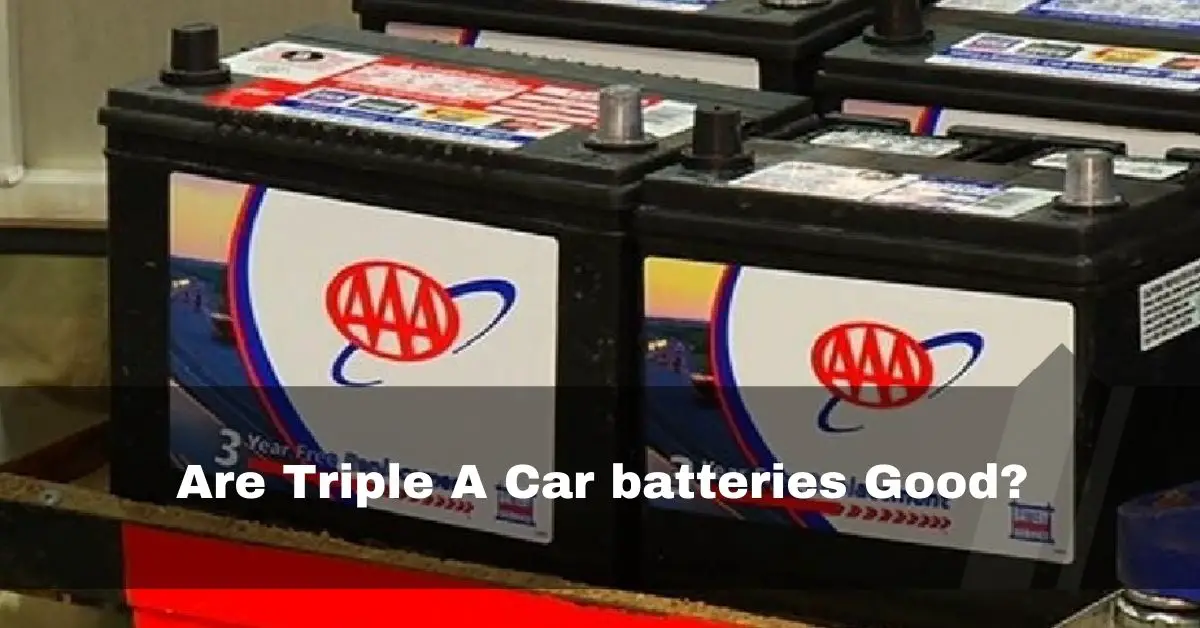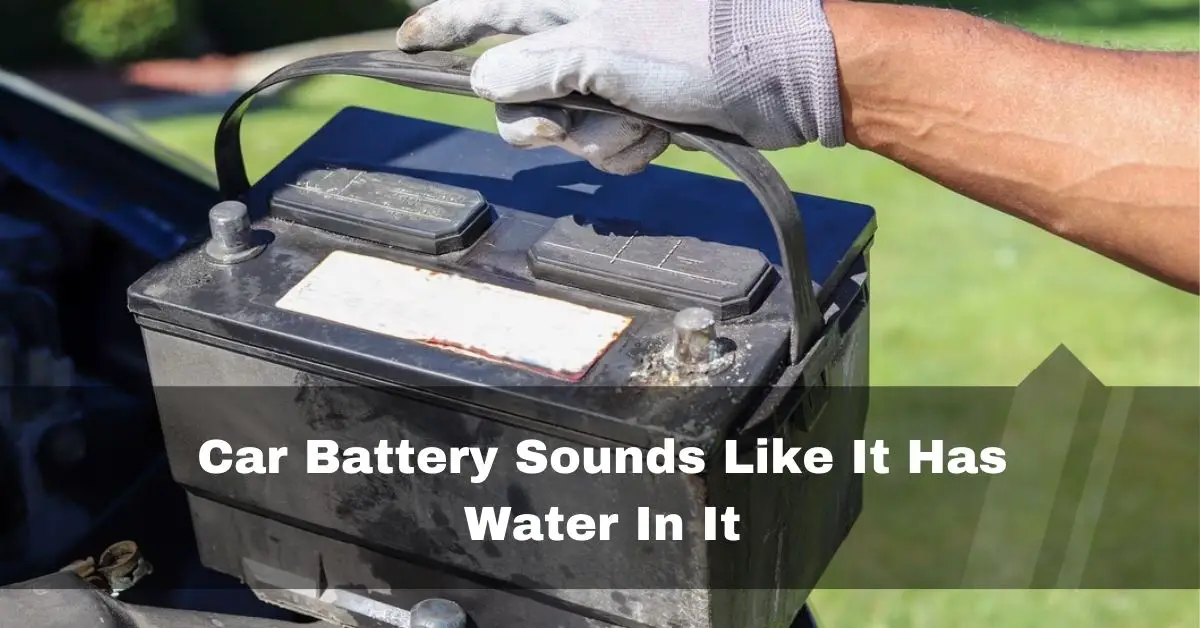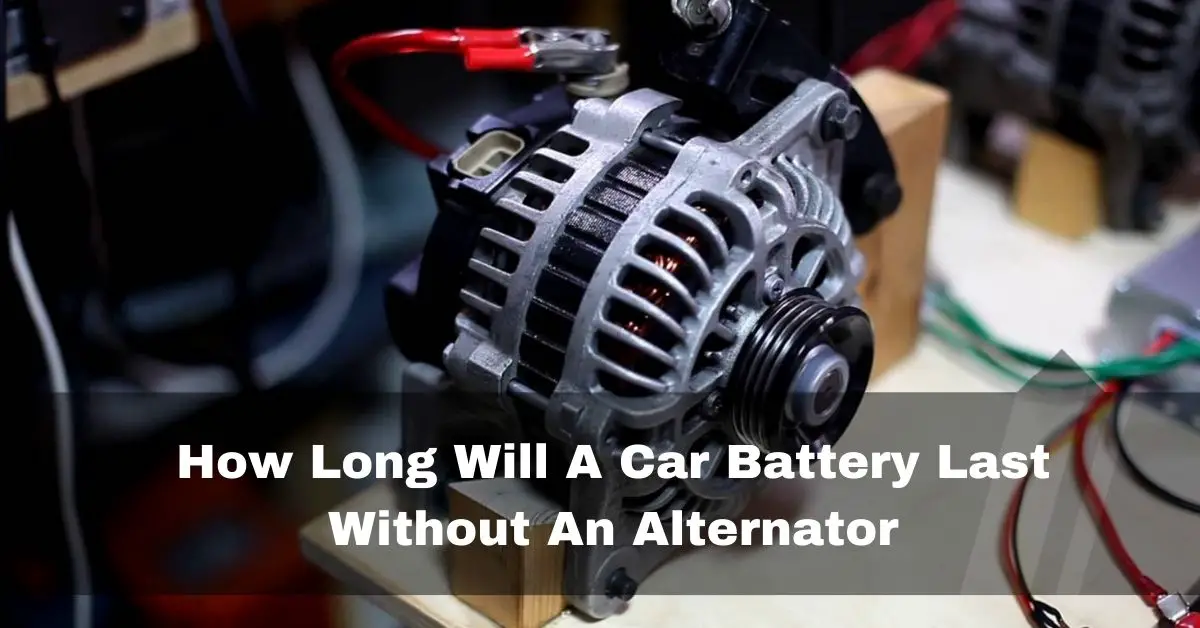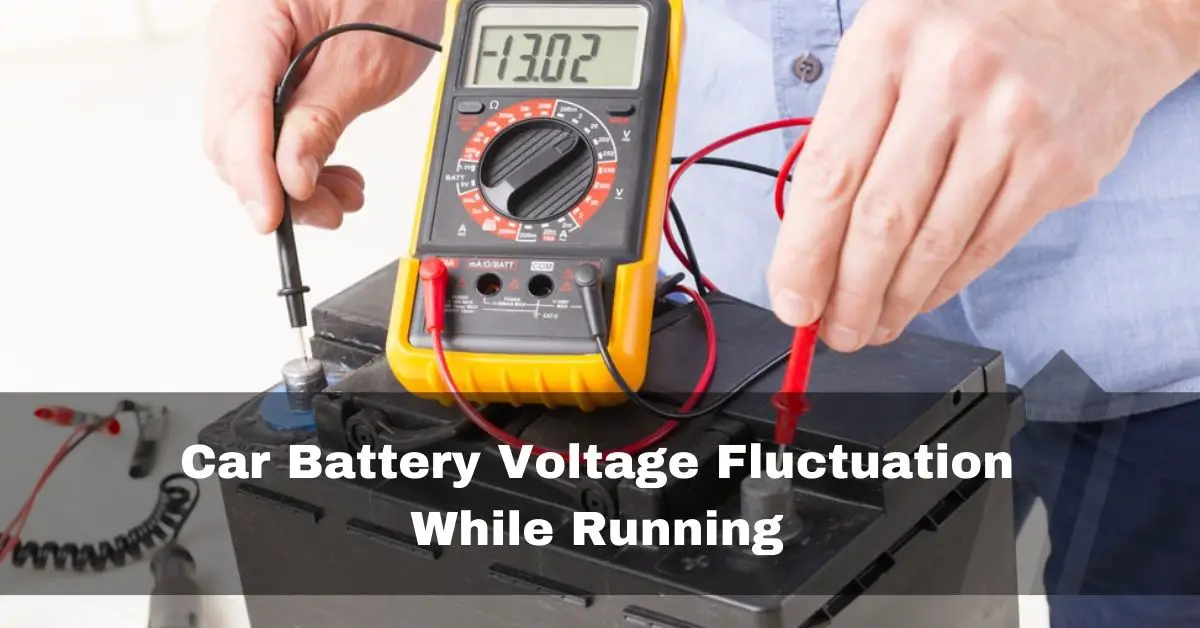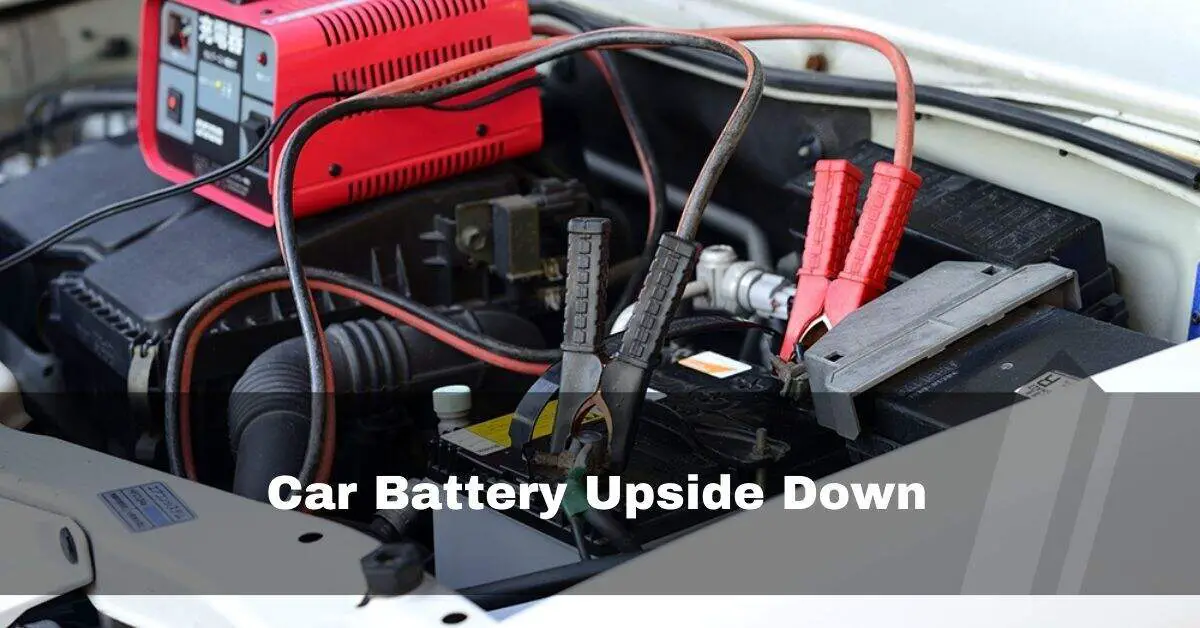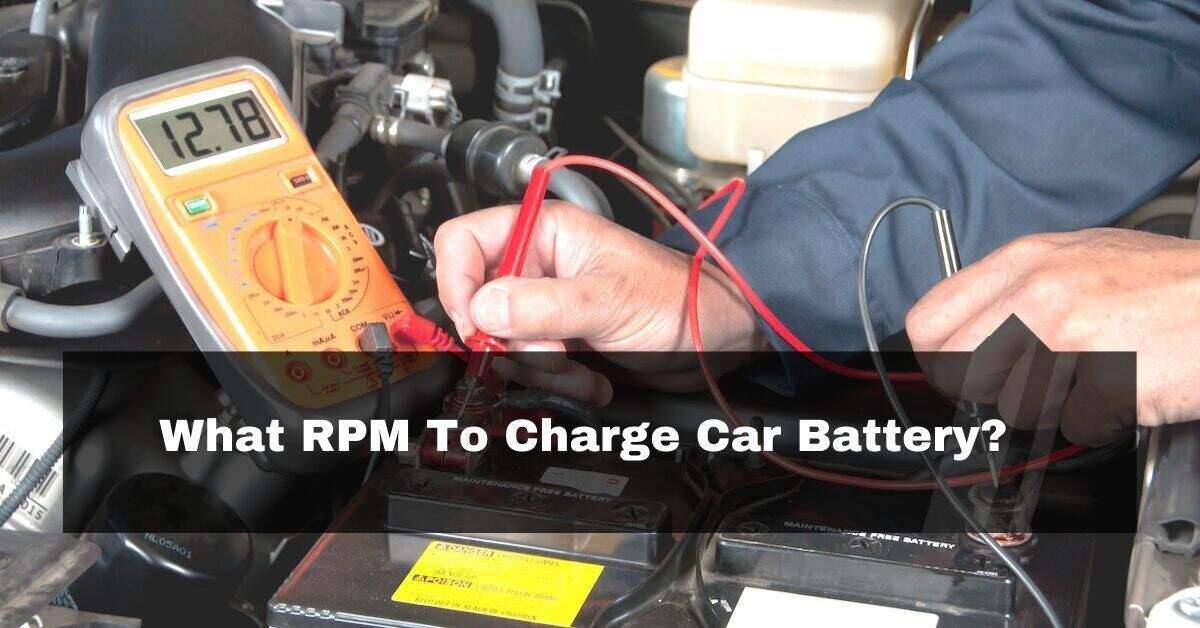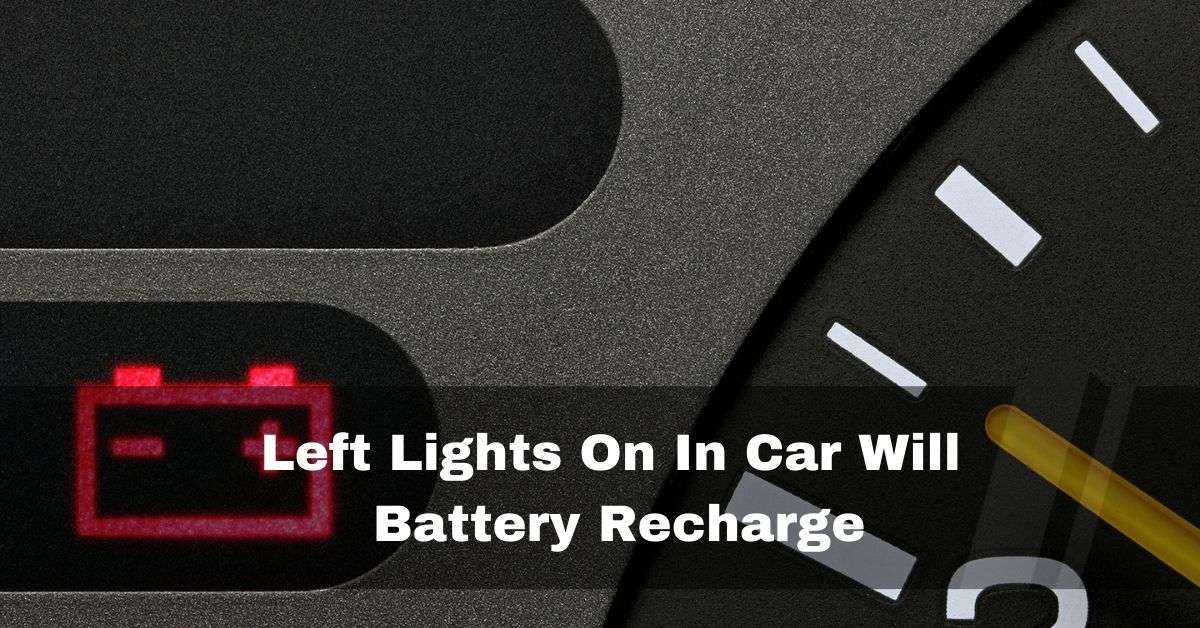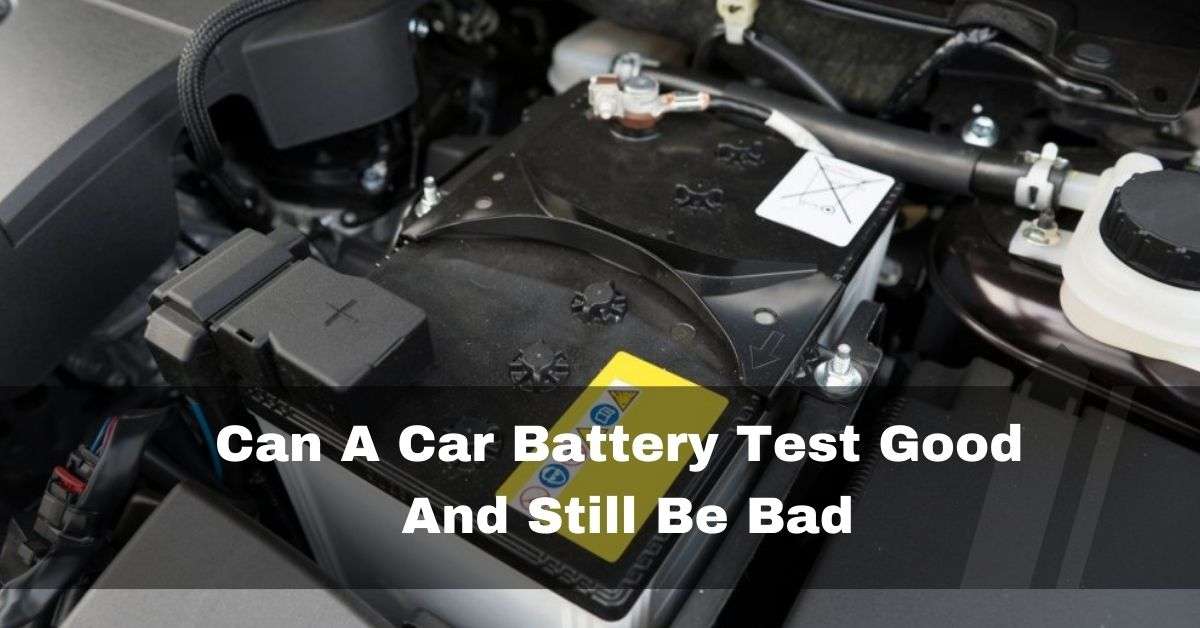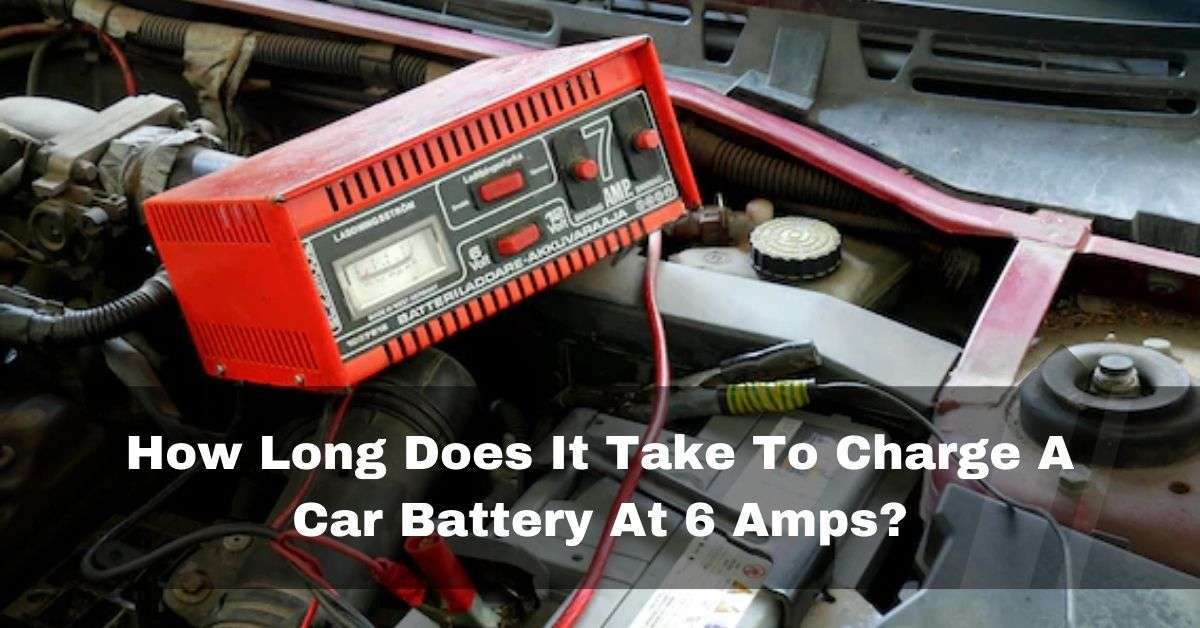If you find yourself in this position, you might be asking how long it takes to change a car battery. Having dealt with the need to change a car battery personally, I can share that the time required for this task can vary.
How long does it take to replace a car battery?
You may install a new battery in your automobile at an approved service facility in 15 to 30 minutes. The procedure involves disconnecting the old battery, taking it out, replacing it with the new battery, and then connecting the new battery.
I’ll share insights gained from hands-on encounters as we delve into changing a car battery. Additionally, we’ll explore the nuances of when to replace the battery, considering various elements that influence its lifespan and effectiveness.
Table of Contents
Factors Depend On Change A Car Battery:
How long does it take to install a car battery? In my personal experience, I’ve found that, on average, it takes about 15 to 30 minutes to change a car battery. Changing a car battery requires knowledge, equipment, and access. Remembering that everyone’s circumstances and ability level can differ is crucial.
Consider allowing additional time, especially if it’s your first time carrying out the task or encountering unanticipated difficulties. A car battery replacement depends on numerous factors.
1. Skill And Experience:
The individual doing the job is one of the most essential variables impacting how long it takes to change a car battery. If you have replaced batteries previously or are an expert mechanic, you’ll probably finish the job faster.

However, if you are still familiar with the procedure, learning and completing the required procedures can take longer.
Also Read: What RPM To Charge Car Battery
2. Accessibility And Tools:
The time needed for replacement also depends on how easily accessible the battery is. In certain automobiles, the battery is situated beneath the hood and easily accessible. In others, it might be hidden behind other parts, in the trunk, or even behind a seat.
It will take longer to change the battery the more time it takes to get at it. Additionally, the process can be accelerated by having the appropriate instruments available. The battery terminals are usually installed and removed using simple equipment like wrenches and pliers.
3. Battery Type:
Several car batteries exist, including lithium-ion, absorbed glass mat (AGM), and traditional lead-acid batteries. The time needed may vary depending on the battery type being changed. Generally speaking, replacing a standard lead-acid battery is simple and quick.

AGM batteries, frequently found in more recent automobiles, could need more care and attention due to their construction. Replacing lithium-ion batteries, frequently seen in hybrid or electric vehicles, may include more complex steps and take longer.
Also Read: How To Fix Reverse Polarity On A Car Battery
4. Additional Tasks:
It’s not always enough to remove the old battery and put in the new one when changing a car battery. Some automobiles must be reset after changing their batteries or feature battery management systems.

The time needed to finish the procedure may arise due to these additional duties. It’s always a good idea to refer to the car owner’s manual or seek professional assistance if you have any questions regarding any further measures.
How To Replace A Car Battery: Must Follow These Steps:
Replacing a car battery becomes a seamless process with the right steps. Drawing from my own experiences, here’s a personalized guide to assist you:
1. Gather The Necessary Tools:
Drawing from my own experiences, I recommend wearing gloves and protective eyewear to ensure a secure and hazard-free battery replacement. Make sure you have the appropriate tools before you start. A wrench or socket set, pliers, and sometimes a battery terminal cleaning is typically required.

2. Park The Vehicle In A Safe Location:
Place it on a level, secure area. Turn off the engine after using the parking brake..
3. Identify The Battery Location:
This is a step I’ve found crucial in making the process smoother. Refer to your vehicle’s owner’s handbook for the battery’s placement. The battery is typically found under the hood. However, some cars also have them in the trunk, under a seat, or elsewhere.

Also Read: Car Battery Bubbling When Charging
4. Ensure Safety Precautions:
It’s crucial to take basic safety precautions before dealing with the battery. Wear safety goggles and gloves to protect yourself from any potential acid or electrical contact.
5. Disconnect The Negative Terminal:
First, find the negative terminal, typically black or marked with a minus sign (-). Use a wrench or pliers to loosen the nut or screw holding the negative terminal in place.

When the cable is free, carefully detach it from the terminal. Do not let the negative cable touch any vehicle’s metal components to avoid unintentional electrical contact.
Also Read: Car Battery Clicking While Charging
6. Disconnect The Positive Terminal:
Find the positive terminal, which is typically identified by a plus (+) sign or is red. Use a wrench or pliers to loosen the nut or bolt holding the positive terminal in place. Once it is free, do not touch metal components when pulling the cable from the termination
7. Remove The Old Battery:
Look for any bolts or retaining brackets keeping the battery in place. If required, remove them using the proper tools. Carefully remove the old battery from its compartment, which can be hefty.

8. Clean The Battery Terminals:
Examine the battery terminals for corrosion or buildup before replacing the battery. If necessary, use a battery terminal cleaner or a solution of baking soda and water to clean the terminals and cable ends. Rinse with fresh water and completely dry.
Also Read: Why Is My Car Battery Showing 15 Volts
9. Install The New Battery:
Make sure the new battery is securely installed in the battery compartment. Tighten the screw or bolt after connecting the positive red cable to the positive terminal. The negative cable (black) is then attached, and the nut or bolt is tightened. Ensure that both terminals are tightened all the way.

10. Test The Installation:
Make sure all connections remain tight and secure after replacing the battery. Close any compartments that were opened during the process, including the hood.
11. Dispose Of The Old Battery:
Car batteries should be disposed of carefully because they constitute a hazardous waste. Take the discarded battery to an auto parts store or recycling facility that accepts used batteries.

Remember that depending on the make and type of your car, the exact procedure may differ from what is outlined in these general recommendations.
Always refer to the owner’s manual of your car for any manufacturer-specific warnings or directions. It is advised to seek professional advice if you have questions about any process or have problems.
Also Read: How Long Does It Take To Charge A Car Battery At 6 Amps
How Can You Tell If A Battery Needs Replacing?
Determining if a battery needs replacement involves paying attention to several signs. Based on my own experiences, here are personalized insights:
- Your car displays some indications when the battery needs to be replaced or is dead. Here are a few of them:
- Headlights, taillights, dashboard lights, and other electrical lights in the car that flicker or are dim.
- The ‘Check Engine light will stay illuminated if the ECU detects a voltage drop. The main reason for this is a depleted or dead battery.
- The battery may not be able to supply enough charge if you have problems starting the car when twisting the ignition key or pushing the ignition button.
- The battery case often resembles a rectangular prism. But if you see that it is crooked or bulging, that could mean there has been inside harm. That indicates that the battery has to be changed.
Related Questions:
1. Is Changing A Car Battery Easy?
Yes, you can replace a car battery on your own relatively easily. Make sure your car is completely off before anything else. The old battery’s terminals should be carefully removed with a socket wrench. Use the wrench to secure the positive and negative terminal connections after placing the new battery in the holder.
2. Can I drive my car after replacing battery?
In most cases, driving your car right after installing a new battery is fine. There is usually no need to wait or take any special precautions post-installation.
3. Does AutoZone put in car batteries?
AutoZone offers a convenient solution for battery replacement. You can order a battery online for pickup or visit your local AutoZone for assistance in selecting and installing your new battery. If the task seems too complex, AutoZone’s Preferred Shops can help with the installation
4. What should you never do when changing a battery?
When changing a battery, it’s crucial never to disconnect the positive cable first. The correct sequence is to start with the negative cable to avoid causing a short circuit. Adhering to this sequence is essential for safety.
5. Does Autozone do free battery installation?
AutoZone provides complimentary battery testing and installation services for car batteries. This service helps identify potential battery issues affecting proper vehicle starting. However, there might be a wait time for installation.
6. Will Walmart install a car battery for you?
Yes, Walmart does offer free car battery installation. However, remember that the installation might have a waiting period, similar to having tires put on.
7. Why is my car acting weird after battery change?
After replacing a battery, specific vehicle components may lose their memory or have their settings reset. This could trigger the alarm system in some cases, requiring a reset. Additionally, the battery draining quickly might be a temporary issue that resolves with regular usage.
8. How Often Do You Need To Replace Car Battery?
Car Battery Replacement Frequency? The use circumstances affect how long a car battery lasts. The weather significantly influences the battery’s capacity. Generally speaking, according to service specialists, a car battery should be replaced every 4 to 5 years.
9. How Long Does It Take To Change A Car Battery At Autozone?
It takes less than 15 minutes to install a new car battery. Because AutoZone makes it simple, customers prefer to have them handle this maintenance task.
10. How many miles do you have to drive after you disconnect your battery?
After a car’s battery dies or is disconnected, the vehicle’s computer undergoes a reset, erasing internal emission monitors essential for passing a smog test. Driving approximately 100 to 200 miles with the new battery is advisable.
Conclusion:
To sum it up, the duration of a car battery change hinges on several factors. Drawing from my own experiences, a proficient mechanic can swiftly complete the task in about 15 to 30 minutes. For those less versed in car maintenance, including myself, the process might initially extend. Locating the battery, delicately disconnecting terminals, swapping out the old battery, and reconnecting terminals encapsulate the essential steps. It is significant to note that the time needed for a battery replacement might vary depending on the precise make and model of the vehicle as well as any additional parts or barriers.
Also Read:
- Can You Drink Car Battery Water
- Can A Blown Fuse Drain A Car Battery
- Battery Only Reading 10v
- Disconnected Car Battery Losing Voltage
References:
- https://www.darcarskiaoftemplehills.com/blogs/3400/how-long-does-it-take-to-get-a-new-car-battery/
- https://www.reddit.com/r/TalesFromTheCustomer/comments/rbt6ji/how_long_does_it_take_to_change_a_car_battery/
- https://www.way.com/blog/how-long-does-it-take-to-replace-a-car-battery/
- https://www.quora.com/Why-does-replacing-a-car-battery-take-up-to-three-hours-at-an-auto-center
- https://www.insurancenavy.com/questions/how-long-does-it-take-to-replace-a-car-battery/

